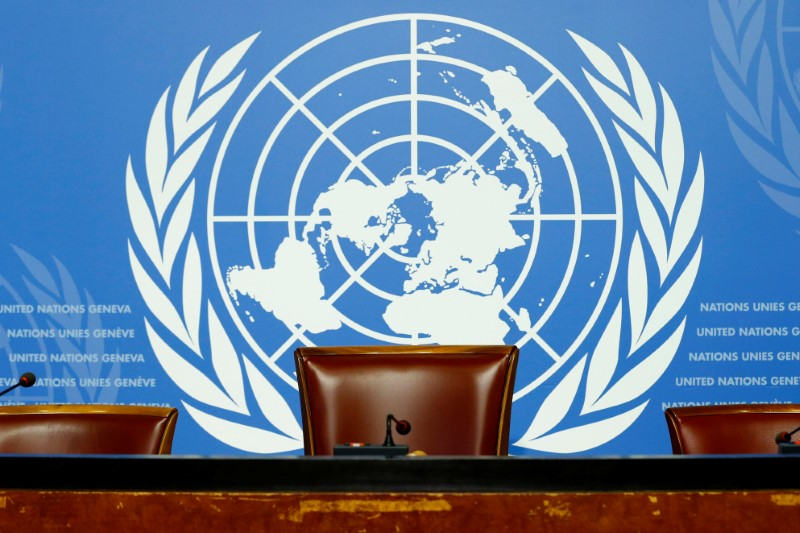
United Nations: On January 10, the United Nations revealed that India is poised to retain its title as the world’s fastest-growing large economy, with a projected growth rate of 6.6% for the current year. Hamid Rashid, the head of Global Economic Monitoring at the UN, made this announcement during the release of the World Economic Situation and Prospects 2025 (WESP) report.
The WESP report indicates that India’s GDP is expected to grow even faster, at 6.8% in 2025. This growth is largely attributed to strong export performance in various sectors, particularly in services, pharmaceuticals, and electronics. The report highlights robust private consumption and investment as crucial factors driving economic expansion, along with increased capital expenditure on infrastructure, which is anticipated to have significant multiplier effects on growth in the coming year. On the supply side, the nation’s manufacturing and services sectors are expected to continue expanding, further propelling economic development.
In addition to these optimistic projections, the report offers good news for India’s agricultural sector. Favorable monsoon rains in 2024 are expected to enhance summer-sowing areas and boost crop yields for the upcoming year, thereby improving agricultural output expectations for 2025.
Despite a slight decline from last year’s growth forecast of 6.8%, India’s economic performance is still robust compared to the sluggish growth projected for the global economy, which is estimated at 2.8% this year. In contrast, China, the second fastest-growing economy, is facing a slight dip in its growth rate, now pegged at 4.8% for this year, with expectations of further decline to 4.5% next year. Similarly, the U.S. economy is projected to grow by 1.9%, a marked decrease from the previous year’s 2.8%.
The WESP report provides a mixed outlook for South Asia, predicting an overall regional growth rate of 5.7% in 2025 and 6% in 2026, largely driven by India’s performance. Other countries in the region, such as Pakistan and Sri Lanka, are expected to see modest GDP growth of 3.4% and 4%, respectively, as their economies continue to recover from downturns experienced in 2022-2023. The growth projections for Bhutan and Nepal are set to exceed 5%, whereas Bangladesh is predicted to slow down to 4.2% due to political unrest anticipated in mid-2024.
However, the report also sheds light on several risks that could impact the region’s economic outlook. These risks include the potential escalation of geopolitical tensions, a deceleration in external demand, ongoing debt challenges, and social unrest. Furthermore, the region is deemed highly vulnerable to climate hazards, with extreme weather events posing significant risks.
Regarding inflation and employment trends, the report forecasts a slight decrease in India’s consumer price inflation from 4.8% last year to 4.3% this year, which remains within the Reserve Bank of India’s medium-term target range of 2% to 6%. This decrease is attributed to adverse weather conditions that led to higher prices for essential items like vegetables and cereals, contributing to spikes in inflation over the past year.
On the employment front, indicators remain strong throughout 2024, with labor force participation near record highs. The urban unemployment rate for the second quarter of the previous year was recorded at 6.6%, virtually unchanged from 6.7% in 2023. While there has been noted progress in female labor market participation, the report highlights that substantial gender gaps persist.
In summary, while India faces various external and internal challenges, its economic outlook remains promising, solidifying its position as a leader among large economies in a complex global landscape.
